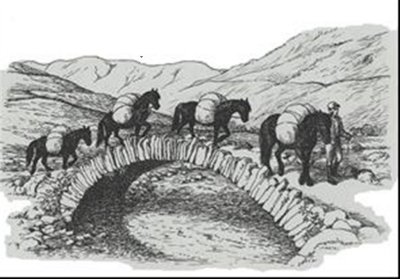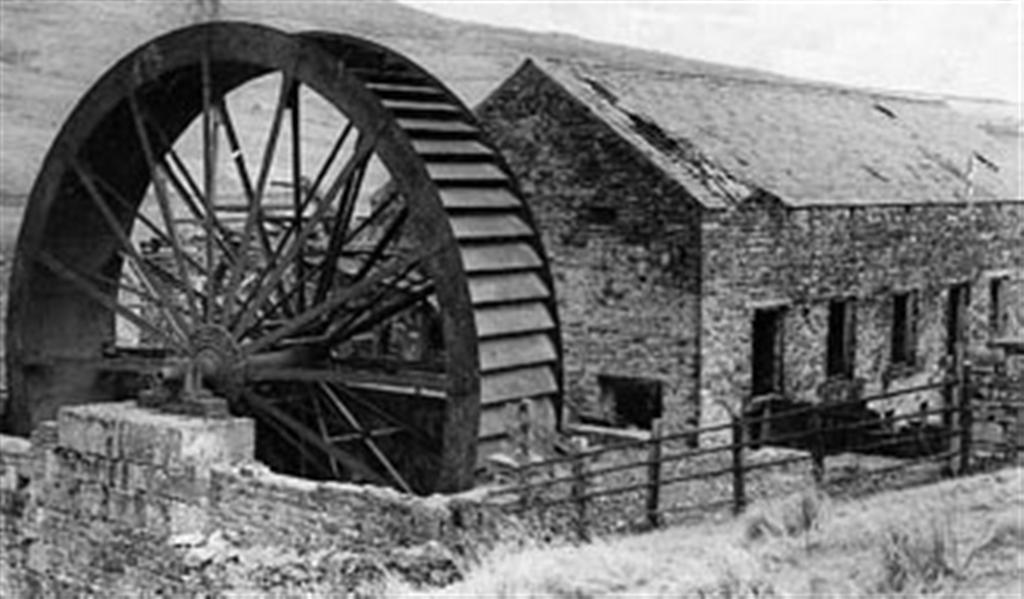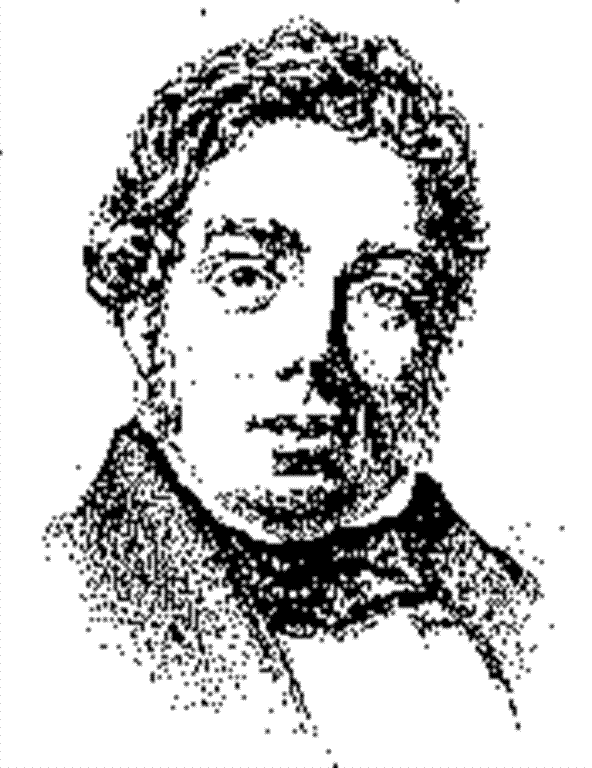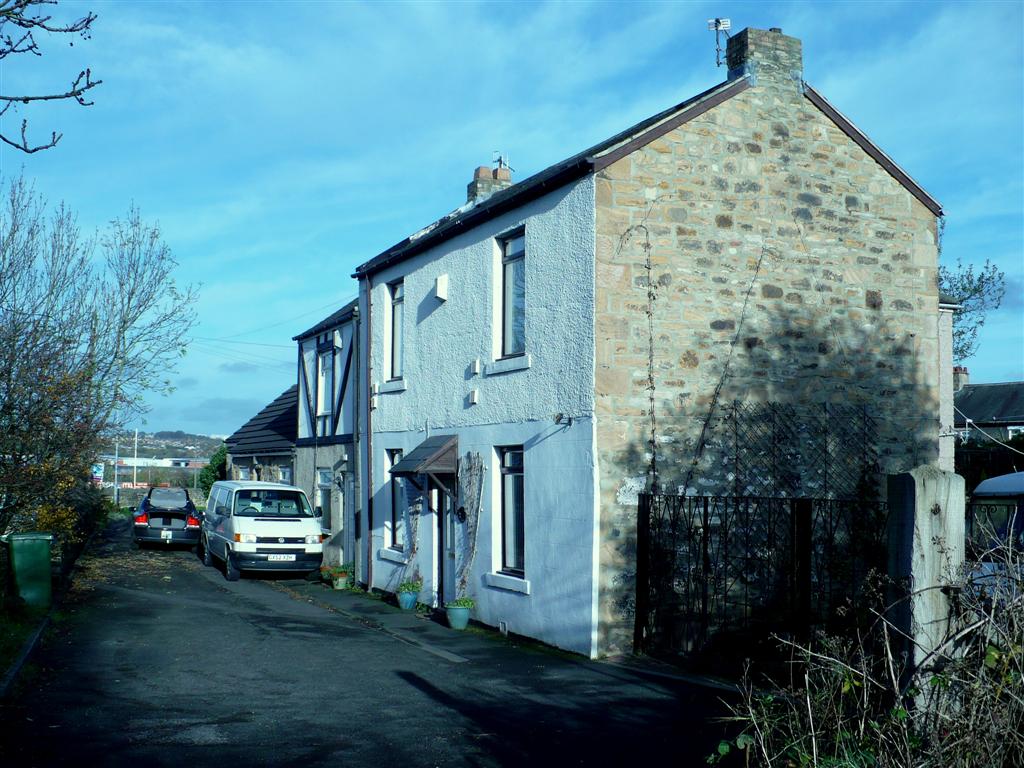Lead Mining in the North Pennines - the Blaydon connection.

The north east's industrial history was to a great extent built on the mining of coal, an industry with its roots in medieval times and probably even going back to Roman Britain but of great significance also is the lead mining of the northern Pennines, an industry with its own origins almost certainly in Roman times or earlier and with its own traditions, legends, folklore and unique words.
The upper valleys of the Tees, Wear, Derwent, Allen and South Tyne were known as the lead dales. This plateau, high above sea level, was rich in galena and other minerals such as quartz, fluospar, witherite, barites, iron ore, zinc blende. Argentiferous galena is a silver bearing lead ore usually found in vertical seams but occasionally in horizontal oreshoots termed 'flats' which were particularly rich.
The Romans used lead and were aware of its usefulness as a non corrosive material. The probability is that the discovery of lead and gradual growth of lead mining in the dales dates back to Roman times. By the middle ages the huge demand for lead, used in the construction of buildings such as churches and castles, was such that lead mining was becoming the main industry of the dales alongside farming. The lead was used for roofing and piping.
A general shortage of bullion throughout Europe created further demand from the fifteenth century onwards - the lead ore was needed for its silver content.
Much of the expertese in mining, smelting etc. emanated from Germany. Their skills were passed on by workmen and engineers who were recruited to come to England to work.

The latter was owned by the aristocratic Blackett family. Sir William Blackett (1657-1705) had purchased the manor of Hexham from Sir John Fenwick in 1694 and this consolidated his initial move into lead mining a few years earlier. To this manor he added mining land in Weardale on lease from the Bishop of Durham. In due course the family added mines in the west and east Allen valleys, smelt mills at Dukesfield, Catton, Rookhope and Dirt Pot and a refinery and warehouse facility at Blaydon. The family name eventually became Blackett-Beaumont through marriage.
Thomas Sopwith (1770-1829), along with other highly skilled engineers, did much to push on with extensive development and construction of levels for drainage, exploration and more efficient management of the mining facilities.
The Company's refinery was at Blaydon, on land near where the railway station is now situated. The lead, having been smelted at various locations close to the mines, was carried to Blaydon for refining before shipping to agents and customers. The refining process was primarily to extract the silver. This was a problematic process - the silver content needed to be lucrative enough to outweigh the high cost of extraction.

Chemist/Metallurgist Hugh Lee Pattinson of Alston, but who worked at the Blaydon refinery, developed and patented an ingenious method of extracting the silver more efficiently. It was a break through of international significance. Pattinson, a hard working, brilliant and innovative man went on to form his own Washington Chemical Company, to become a Fellow of The Royal Society and was a founder member of The Lit & Phil in Newcastle.
Here is an extract from his obituary in The Gateshead Observer - - Prior to Mr. Pattinson's process (for which he took out a patent) the extraction of silver from lead could only be pursued with profit when the more precious metal was present in the proportion of 20 ounces to the ton. The minimum was now reduced to 3 ounces; lead mines, before neglected, could be worked with advantage; and the new mode of working came into use far beyond the limits of our own island.
The amazing growth of the English lead mining industry (with the North Pennines the biggest producer) happened in the early eighteenth century because of a failure to revive the Spanish mines and a decline of lead mining in Germany but by the end of the nineteenth century, due to cheaper imports from abroad, the industry declined and eventually collapsed. To some degree the demand for other minerals (eg. fluospar and zinc) eased the pain but much of the industry folded and fell into ruin.
The remote upper Pennine mining villages reverted to agriculture and the developing tourist industry but the industrial relics are still there to be seen for those interested. Also there are the museums such as that at Killhope and at Ireshopeburn.
The Blackett-Beaumont refinery at Blaydon is long gone but the we are still reminded of the old route travelled by the trains of Galloways - The Lead Road still exists, at least in part. It made its way east travelling through Hedley on the Hill, Coalburns, Greenside and down past Summerhill into Blaydon. At one time the route came down what is now called Blaydon Bank and which used to have the local name Silver Hill. Horsecrofts is still there too. Poignant reminders of a bygone age and a thriving industry which functioned on a huge scale in its glorious past.
Pictured below - The Lead Road, Greenside and Horsecroft Cottages at Blaydon.


Roly Veitch
22nd July 2012
For more information on our local area history, our unique dialect, our wealth of dialect songs and other topics please visit the home page menu - link below.
Back to Home Page